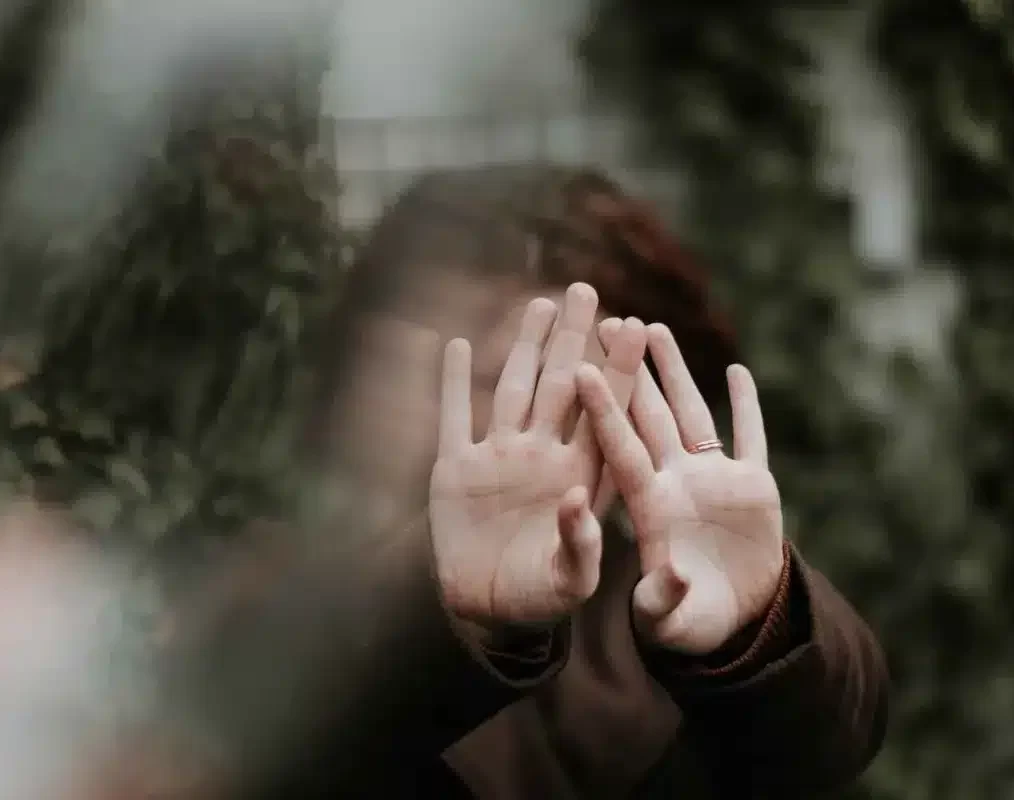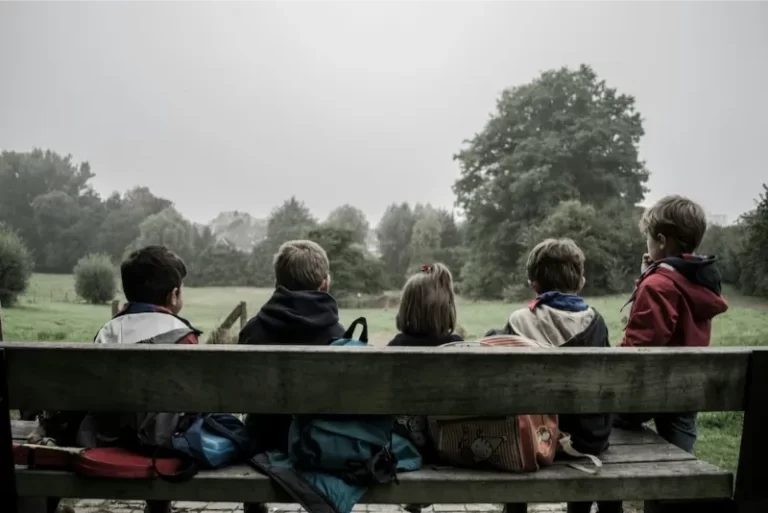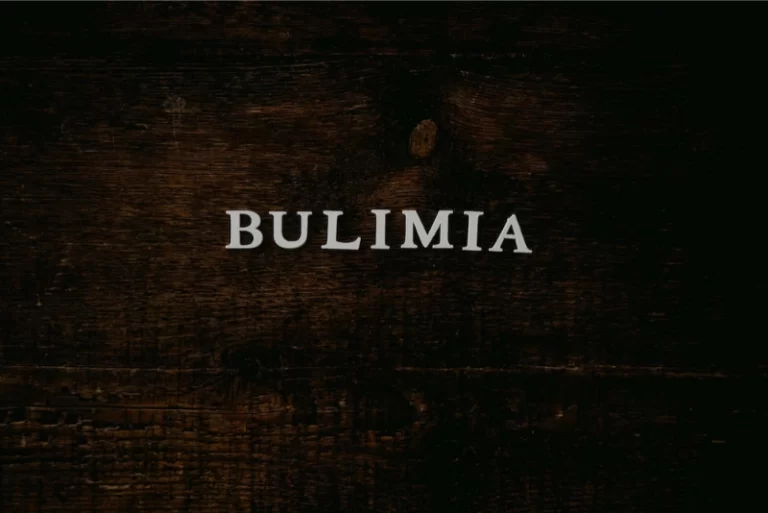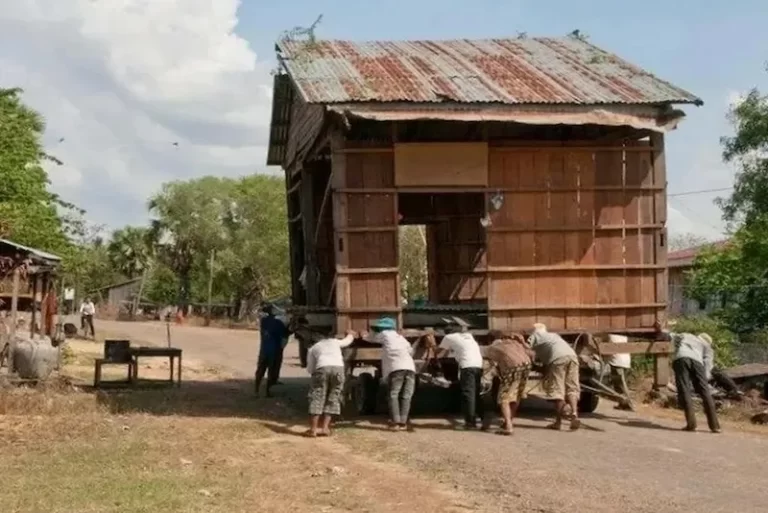Human Trafficking
A Global Crisis in the Modern Age

Human trafficking has been a pervasive issue globally for centuries, but in our modern digital age, the scope and severity of cases have escalated, especially involving child trafficking.
The recent film Sound of Freedom has brought renewed attention to this disturbing reality, potentially shocking viewers who may not have been fully aware of the extent of human trafficking, particularly involving children.
Whether you were already aware of this prevalent problem or the film has opened your eyes to its grim reality, the impact is undeniable. It serves as a stark reminder that human trafficking, especially involving children, continues to be a harsh reality in our world today.
Having seen the film, you now carry the knowledge of these atrocities. It’s a knowledge that can be difficult to bear but also empowers you to make a choice: to turn away from the uncomfortable truth or to confront it head-on.
Choosing to look away may provide temporary relief from the discomfort of acknowledging such cruelty. However, it also means choosing ignorance over awareness—a luxury that is no longer available to you after witnessing the realities portrayed in Sound of Freedom.
Now informed, you have a responsibility to decide how to respond. You can choose to educate others, support organisations combating trafficking, advocate for policy changes, or find other ways to contribute to the fight against human exploitation.
In this pivotal moment, your awareness can be a catalyst for action, ensuring that the voices of trafficking victims are heard and that meaningful steps are taken to address and eradicate this ongoing crisis.
But how can we help stop this horrific form of abuse?
One step at a time

It’s disheartening to observe that in the aftermath of the recent pandemic, global unity seems to have been replaced by division. There’s a perception that division among people can make them easier to control—a notion that raises questions about whether this is part of a larger plan. However, the truth behind such theories remains unclear and may never be fully known.
Despite uncertainties about grand schemes, one thing remains certain: each of us holds the power to initiate change.
As they say in Cambodia, “Mouy – មួយ, Mouy – មួយ, Mouy – មួយ”—one by one.
This simple phrase underscores the importance of individual actions in creating a collective impact. Rather than dwelling on what might be beyond our control, we can focus on what we can do here and now. By choosing empathy over division, collaboration over conflict, and unity over discord, we can begin to mend the fractures that threaten our shared humanity.
It starts with each of us committing to understanding, compassion, and solidarity. Whether it’s raising awareness about issues like child trafficking, supporting vulnerable communities, or advocating for inclusive policies, every small step contributes to a larger movement for positive change.
By embracing the spirit of “Mouy – មួយ, Mouy – មួយ, Mouy – មួយ”—taking action one step at a time—we can build a future where unity triumphs over division, and collective efforts lead us toward a more just and compassionate world.
So how can you join the fight to end child trafficking?
Watching a film like Sound of Freedom can be a powerful catalyst for raising awareness about the pervasive issue of child trafficking. It serves as a crucial first step in understanding the harsh realities faced by vulnerable children worldwide.
What comes next, however, is a personal choice. After becoming aware, each of us has the opportunity to make a meaningful impact. For instance, one inspiring example is teaching English to 23 Cambodian children who now have a Safe Place to call home.
This initiative not only provides practical skills but also empowers these children with tools to transform their lives. Education is a beacon of hope, offering opportunities for growth, confidence, and future leadership.
In Cambodia, a country known for its resilience and spirit, efforts like these resonate deeply. They contribute to building a brighter future and fostering a more inclusive society.
By taking action, whether through education, advocacy, or support, we can all play a part in addressing child trafficking and creating a world where every child is safe, valued, and empowered to thrive.
Takeaway

Child trafficking is a pervasive and distressing global issue that affects countless children worldwide, transcending borders and impacting even countries like the U.K., where individuals from unexpected backgrounds can be involved in this criminal activity. This underscores the widespread and complex nature of child trafficking, where perpetrators exploit vulnerabilities and prey on the most vulnerable.
Understanding the prevalence of child trafficking and its diverse perpetrators is crucial in addressing this grave violation of human rights. Vigilance, awareness, and proactive measures are essential to protect children from exploitation and ensure that those responsible are brought to justice.
To confront this complex problem effectively:
- Educate Yourself: Learn about the different forms of trafficking, such as forced labour, sexual exploitation, or recruitment into armed groups. Understand the signs that may indicate a child is being trafficked.
- Raise Awareness: Use your voice to initiate conversations, share information through meaningful discussions, and leverage platforms like social media or community gatherings to educate others and mobilise support.
- Take Local Action: Volunteer with organisations that support trafficking victims, advocate for stronger legal protections, or organise fundraisers to support anti-trafficking initiatives.
- Support Global Efforts: If you travel abroad, research how you can support anti-trafficking efforts in the countries you visit.
- Leverage Online Platforms: Support organisations through donations, amplify awareness through social media advocacy, or participate in virtual campaigns promoting child rights and combating trafficking.
By engaging in these steps, you play a crucial role in the collective effort against child trafficking. Together, we can strive towards a world where every child is safe, valued, and empowered to live a life free from exploitation.
Recommended Reading
- The Happiness Hypothesis by Jonathan Haidt – A book about why we find change so difficult.
- Atomic Habits by James Clear – A guide to changing your habits.
- Breaking the Habit of Being Yourself by Joe Dispenza – A book that uses science to help us change.
- Will I Ever Be Good Enough? by Dr. Karyl McBride Ph.D. – A book to help you recover from a narcissistic parent.
- Highly Sensitive Empaths and Narcissists by Victor Murphy – A book to give you strength when dealing with a narcissistic person.
- The Highly Sensitive Person’s Guide to Dealing with Toxic People by Shahida Arabi MA – A book to help you recognise and deal with manipulation tactics from toxic people.
By educating ourselves and taking action, we can contribute to a world free from exploitation and injustice. Let’s take the first step today.







